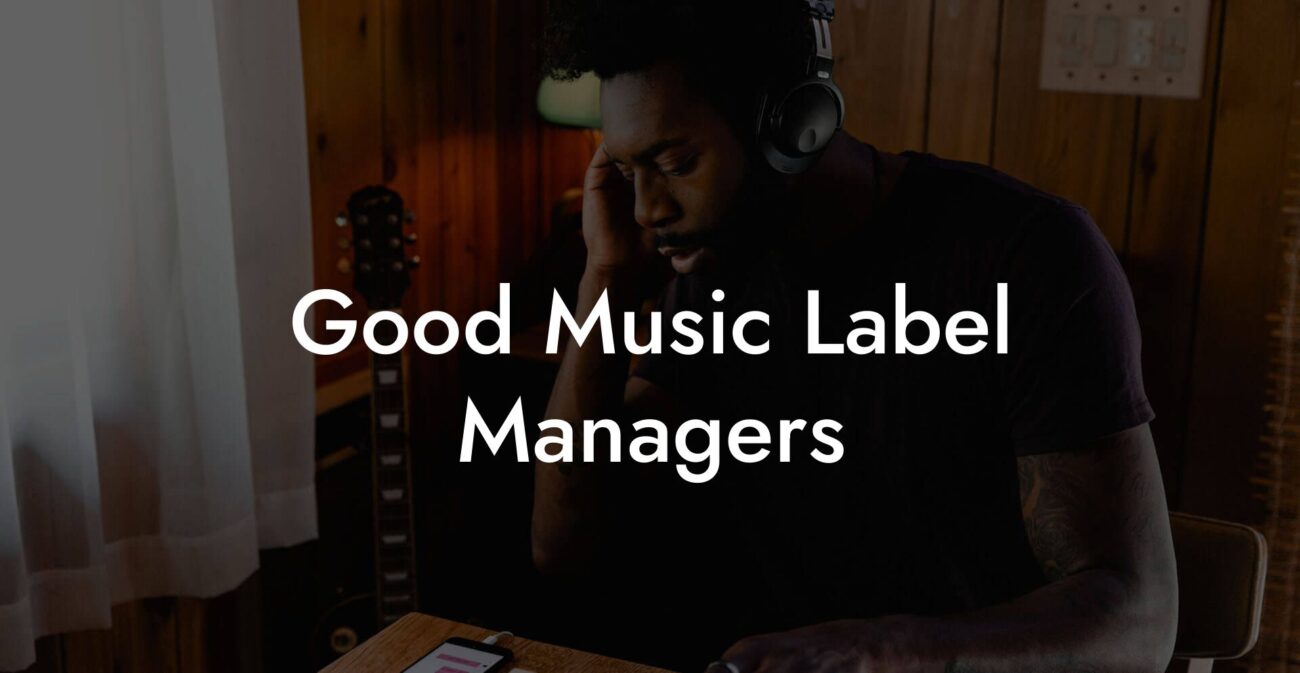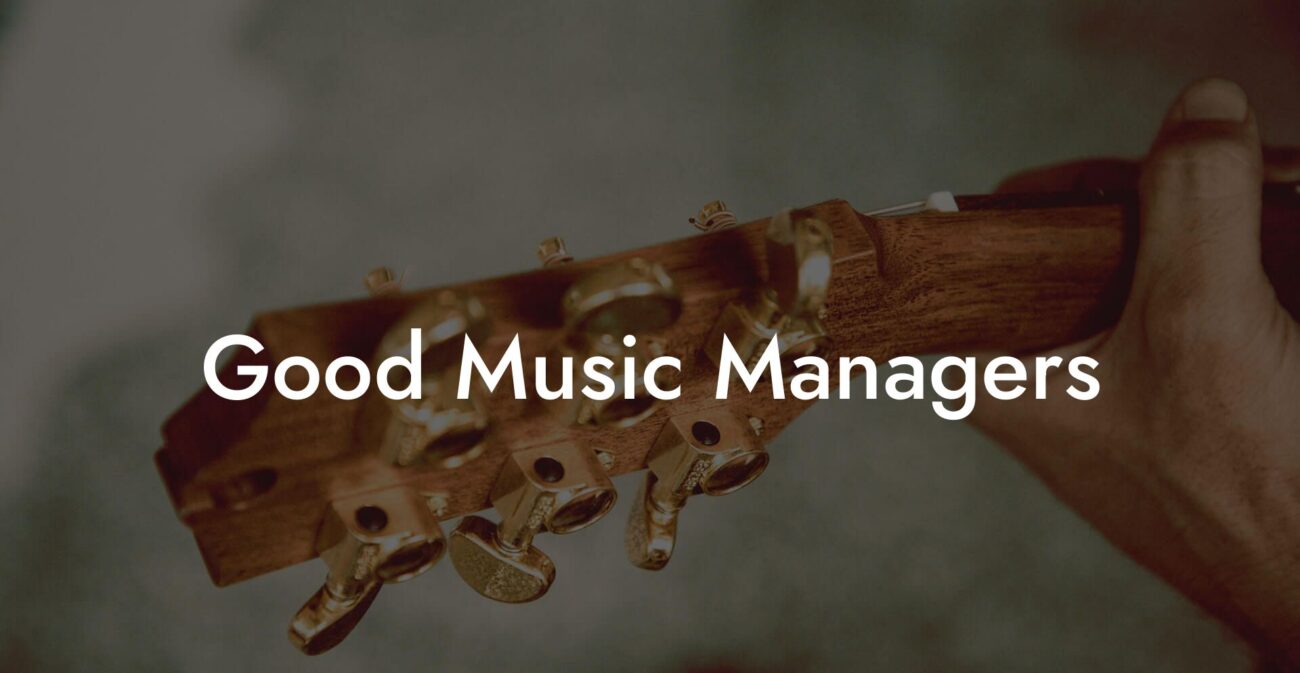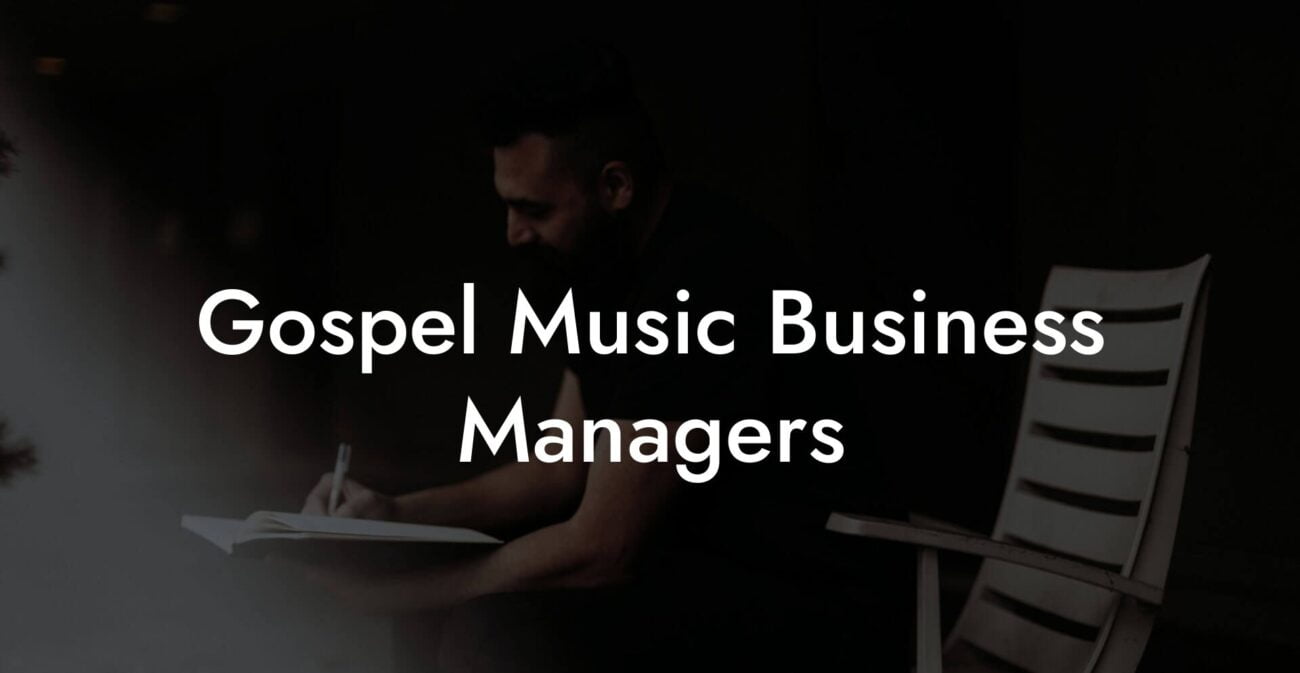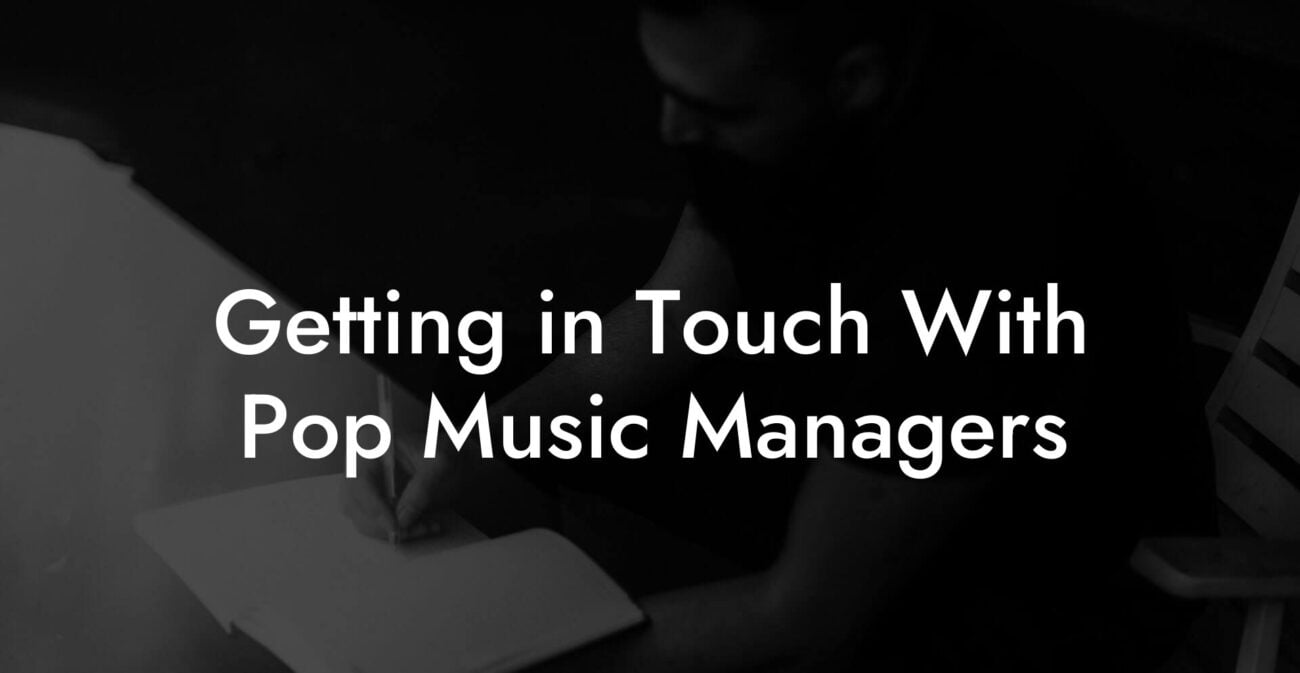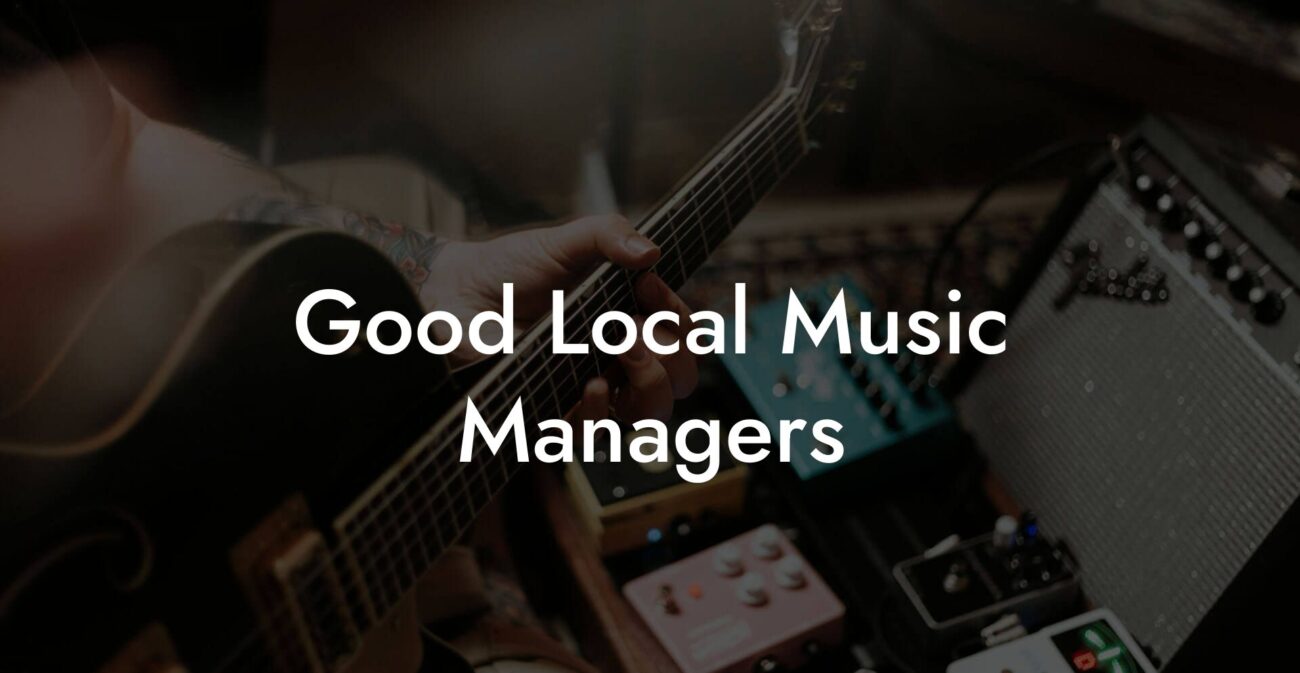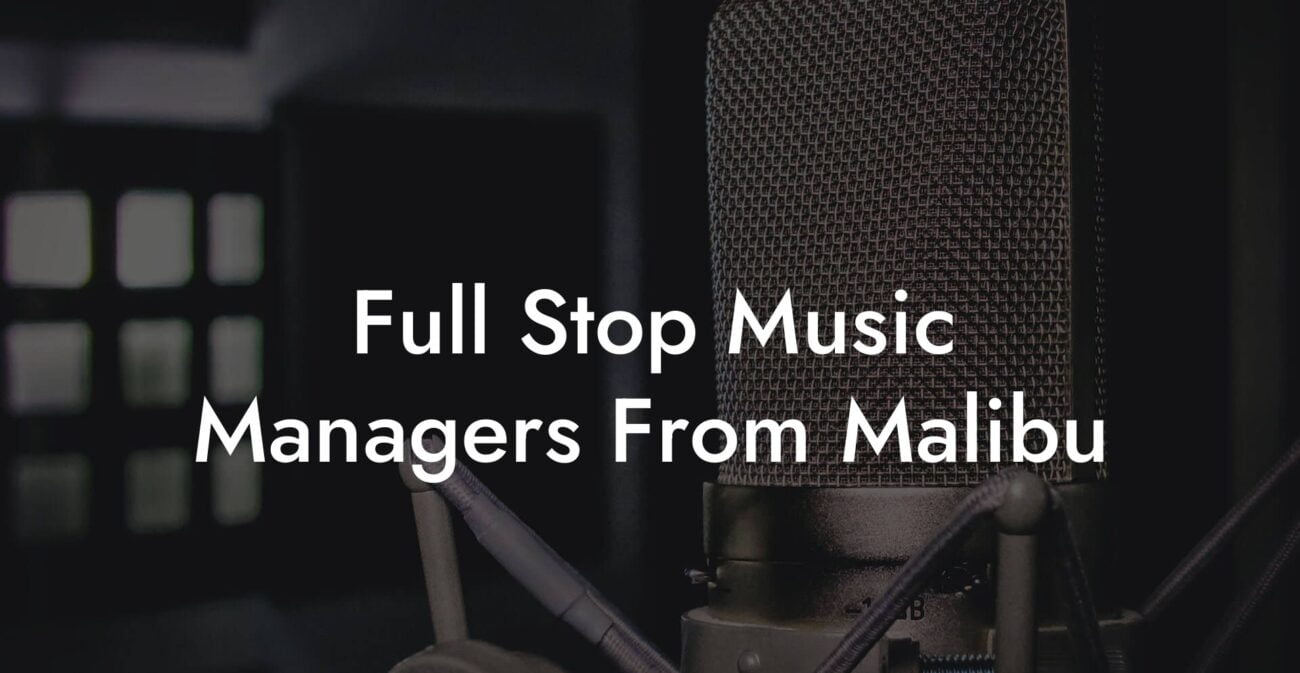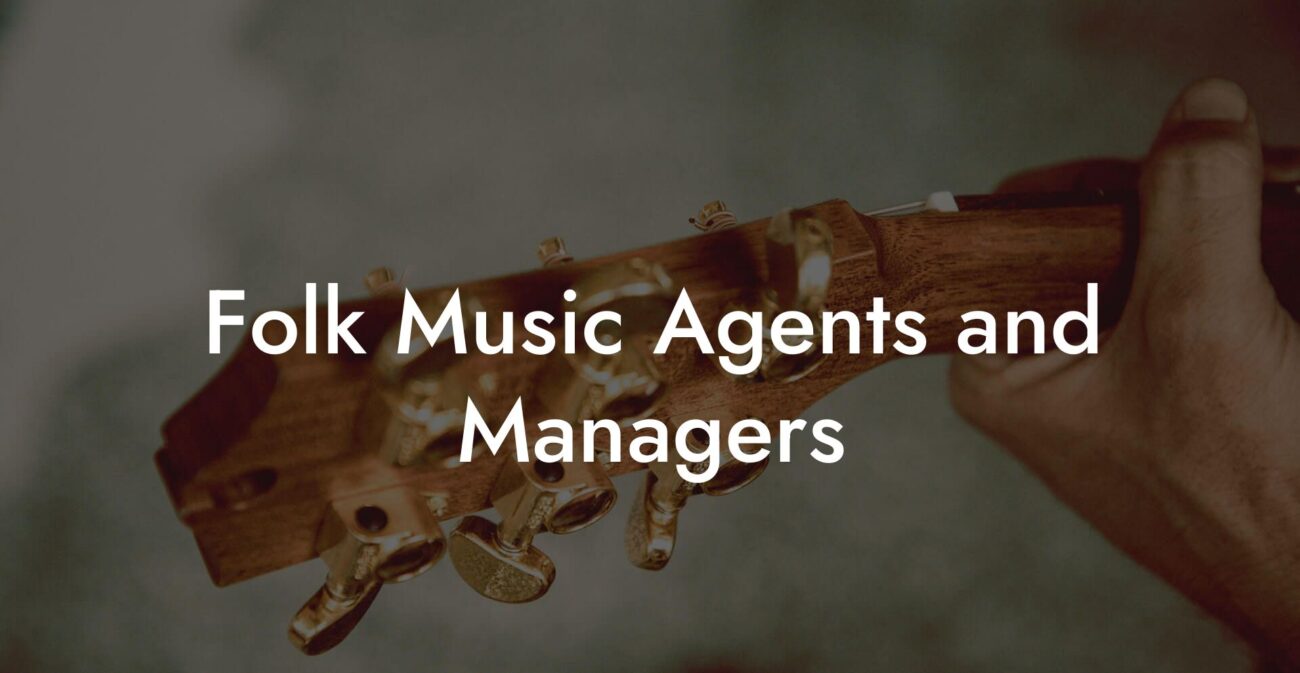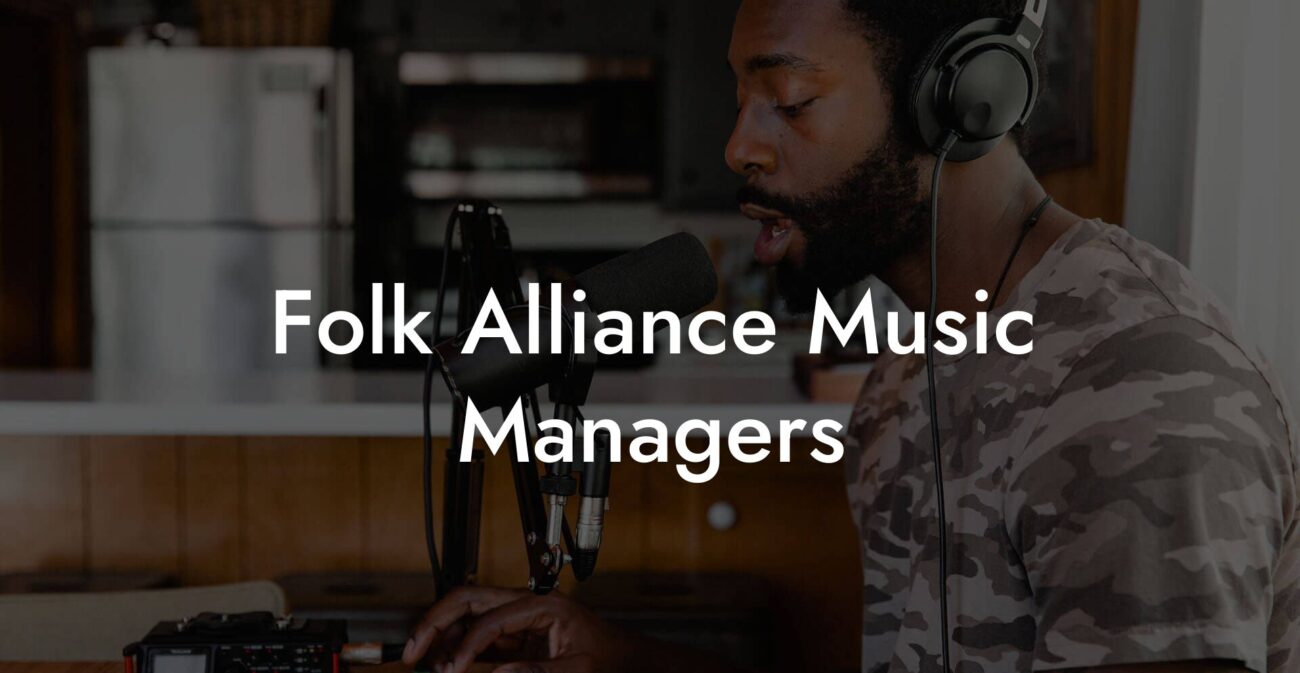Songwriting Advice
How To Write A Song On Guitar

You want a song that sounds like you and does not make people check their phones out of pity. You want chords that feel inevitable, a melody that sits in the mouth, and lyrics that punch memory in the face. This guide gives you a battle plan to write a complete song on guitar from idea to demo. Everything here is written for millennial and Gen Z artists who want results fast. Expect practical steps, weird but useful exercises, and real life scenarios like busking, late night studio sessions, and crying into cereal at three a.m.
Quick Interruption: Ever wondered how huge artists end up fighting for their own songs? The answer is in the fine print. Learn the lines that protect you. Own your masters. Keep royalties. Keep playing shows without moving back in with Mom. Find out more →
Quick Interruption: Ever wondered how huge artists end up fighting for their own songs? The answer is in the fine print. Learn the lines that protect you. Own your masters. Keep royalties. Keep playing shows without moving back in with Mom. Find out more →
Quick Links to Useful Sections
- Why the guitar is a songwriting weapon
- Gear and setup that actually matter
- Basic chord vocabulary you must master
- Common chord progressions and why they work
- Strumming and rhythm so the song breathes
- Three essential strumming patterns
- Capo explained like you are ten
- Melody and singing on guitar
- Approach one: sing first then find shapes
- Approach two: guitar first then voice
- Fingerpicking and picking patterns that add personality
- Embellishments and small guitar moves that sound professional
- Lyric craft while you play
- Writing tasks
- A complete songwriting workflow you can steal
- Arrangement ideas for guitar based songs
- Demo tips that do not require a studio
- Practice drills that produce songs
- Ten minute progression sprint
- Object drill
- Change one chord experiment
- Common mistakes guitar songwriters make and fixes that actually work
- Performing your guitar song live
- Copyright basics for the impatient
- Action plan you can use tonight
- FAQ
- Songwriting FAQ Schema
Why the guitar is a songwriting weapon
The guitar is loud enough to sing over and small enough to take on the subway. It is harmonic and melodic at the same time. One instrument gives you a playground of chords and a rhythm engine. The guitar forces you to make decisions quickly because your fingers can only do so much. That constraint is a feature. You will get more songs finished wearing the guitar like a utility belt than chasing perfection with a computer for weeks.
Real life scene
- Bedroom demo. You write a chorus, throw a cheap mic on, and upload a sketch while it still has the smell of sincerity.
- Campfire hit. Two chords and a hook, everyone sings together, you become a legend until someone asks for your social handle and you have to improvise one.
- Busking test. If five strangers stop to listen you have the bones of something that could move beyond your circle.
Gear and setup that actually matter
You do not need a studio. You need a guitar that stays in tune, a pick you like, decent strings, and a way to capture ideas. Here is a minimal list that helps you ship songs.
- Guitar A steel string acoustic, a classical, or an electric with an amp. Pick what feels comfortable to play for an hour without your hand threatening to quit.
- Strings Fresh strings matter. Old strings sound dead and make it harder to find inspiration. If you play electric try lighter gauge to encourage bending. If you play acoustic try a medium gauge for fullness.
- Tuner Use a clip on or an app. If the guitar is out of tune you will make poor decisions and blame the muse.
- Capo This tiny clamp is a chord wizard. Learn how to use it the first day. It lets you change key quickly and keep chord shapes simple.
- Phone recorder Use your phone voice memo app. Record everything. You will forget the melody faster than you think.
- DAW or simple interface If you want quick demos use a laptop with a free DAW such as Audacity, GarageBand, or Reaper. If that sounds like a commitment record audio straight to your phone and keep moving.
Basic chord vocabulary you must master
If you know no chords start here. These chords unlock thousands of song shapes. Learn them cleanly and be able to switch fluidly.
- Open chords E major, A major, D major, G major, C major, E minor, A minor. These use open strings and sound big on acoustic guitar.
- Power chords Two note shapes commonly used on electric guitar. They are movable and great for rock and indie songs. A power chord is not a full major or minor chord. It gives a raw feeling and is easier to play quickly.
- Minor shapes Minor chords like A minor and E minor are emotional workhorses. Use them to change mood without complexity.
Real life scenario
You are busking and your fingers start to ache. Use two chords you can play cleanly for a minute and sing a verse. People will forgive technical slop if the song feels honest.
Common chord progressions and why they work
Progressions are recipes. Use them as frameworks and then twist them to sound like you.
- I V vi IV This progression uses the first, fifth, sixth minor, and fourth chords in a key. It is super friendly and appears in countless hits. Example in G major G D Em C.
- vi IV I V Starting on the minor gives the progression an emotional pull at the first chord. Example in C major Am F C G.
- I vi IV V Classic pop and ballad movement. It gives a steady lift and resolves nicely. Example in A major A F#m D E.
- I IV V The three chord wonder. Simple, direct, and perfect for campfire anthems and punk songs.
Tip
If a progression sounds tired put a new bass note under one chord. Play C with an E in the bass and it feels different. You can also move one chord up by two frets and use a capo to keep shapes easy while changing colors.
Strumming and rhythm so the song breathes
Bad rhythm will kill a good idea faster than a bad lyric. Learn a few strumming patterns and then forget them. Rhythm should serve the song not the pattern.
Three essential strumming patterns
- Down beat pulse Four down strums per bar on a slow tempo. Good for ballads and intimate songs. This pattern makes every word easy to hear and lets the lyric lead.
- Down up groove Down up down up with a little palm mute on the up strums. This is a walking pattern for mid tempo songs. It keeps energy moving without clutter.
- Syncopated pop Down down up up down up with accent on the second beat. This pattern creates lift into the chorus and gives an ear something to latch on to.
Practice idea
Set a metronome to a comfortable tempo and play each pattern for five minutes. Sing any vowel syllable while you play. Record the best groove. Use that recorded groove as a base for songwriting.
Capo explained like you are ten
A capo clamps across the fretboard and raises the pitch of the open strings. Think of it as a shortcut to new keys while keeping the same chord shapes. If you love the comfortable shape of G major but your voice wants a brighter key put a capo on the second fret and play the same shapes. Your guitar will sound in A while your fingers still pretend to play G.
Why capo matters
- Preserve open string resonance while changing key.
- Find the sweet vocal spot quickly when recording a demo with little energy.
- Make a song easier to sing in different gigs without relearning fingerings.
Real life scene
You are in a coffee shop and your throat is rough. The singer for the night asks to move the key down. Put a capo on a lower fret and transpose shapes so you can still play confident and fast.
Melody and singing on guitar
Melody is the roof that sits on your chordal walls. The guitar gives openings and anchors for the melody to live. Use two approaches to find melody.
Approach one: sing first then find shapes
Hum or sing the melody without guitar. Use your voice memo app and noodle until a private phrase appears. Then pick at the guitar and find the chord tones that support those notes. This is great for emotional songs where phrasing comes from the throat rather than the fingers.
Approach two: guitar first then voice
Play a chord progression and improvise melodies on the top string using single notes. The highest notes are easier to sing and feel more urgent. Record strong gestures and repeat them until one becomes the chorus hook.
Prosody tip
Check that the natural stress of sung words matches the strong beats of your chord pattern. If a heavy word falls on a weak beat the line will feel wrong no matter how pretty the melody is.
Fingerpicking and picking patterns that add personality
Fingerpicking can make a simple progression sound cinematic. Start with a basic pattern like thumb on the bass string then index middle ring on higher strings. Repeat and vary. Use a Travis picking pattern if you want a lurching forward motion. If fingerpicking feels foreign use a flat pick and play arpeggios on each chord.
Exercise
- Choose a progression you know well like G Em C D.
- Thumb plays the root note on beat one and beat three.
- Index plays the third string on the and of one, middle plays the second string on the and of two, ring plays the first string on the and of three.
- Repeat for four bars and then change one note in bar five. That tiny change will feel like a new idea and you can write a line over it.
Embellishments and small guitar moves that sound professional
- Hammer ons and pull offs Use them to make chord changes ring without re strumming. Hammer on means you strike a string and then push a finger down to add a note. Pull off is the reverse.
- Slides Sliding into a chord or note creates a vocal like motion and helps hooks stick.
- Sus chords Suspended chords add tension. A sus4 resolves nicely to a major and gives emotional lift when used before a chorus.
- Partial chords Play only the top three strings for a delicate verse. The chorus can open up to full chords for impact.
Lyric craft while you play
Guitar gives you time and space to think. Use that space to write lines that work with rhythm and melody. Keep language conversational. Use small images instead of big statements. If you say I am sad replace it with something specific like my third coffee tastes like yesterday. That creates a scene and leaves room for the listener to feel the emotion rather than being told it.
Writing tasks
- Write one line that states the emotional promise in plain speech. This is your core idea.
- Write a chorus that says the core idea in one to three lines. Repeat or ring the title phrase so it is easy to hum.
- Write a verse that adds one concrete image per line. Use time crumbs such as last Tuesday or midnight laundry to make it real.
A complete songwriting workflow you can steal
- Start with a mood Decide if this is a small intimate song, an arena sing along, or a nervous acoustic confession. That mood will guide tempo, strumming, and key.
- Pick a progression Use a familiar progression to reduce decisions. Play it for two minutes until your hand wants to stay there.
- Find a hook Sing on vowels while you play the progression. Repeat any gesture that feels like it wants to return. That is your melodic seed.
- Make a title Take the core promise and compress it into a quick phrase or line. It should be singable and explain the song in everyday language.
- Write the chorus Put the title on the catchiest note. Keep the chorus simple and repeatable. Repeat the title phrase as a ring phrase at the start and end if it helps memory.
- Draft verse one Add three or four details that show the situation. Keep the melody lower and the rhythm more conversational.
- Write a pre chorus Use it to increase energy and point at the title without stating it. Short words and a rising melody work well.
- Record a quick demo Use your phone. Play through the form once or twice and save it. This demo is your reference and your emotional proof of concept.
- Refine with a crime scene edit Remove any abstract words. Replace them with objects, actions, or time stamps. Delete anything that repeats without adding new information.
- Try a second voice Record a louder chorus take and a softer verse take. The contrast will show you where the song wants space.
Arrangement ideas for guitar based songs
Arrangement is how you make the listener feel movement through the story. Use texture and dynamics to create chapter like shifts.
- Intro A single arpeggiated chord or a hook phrase from the chorus works well as an intro identity.
- Verse Keep it sparse. Use fingerpicking or partial chords so the lyric reads clear.
- Pre chorus Add a new rhythmic element or a repeated melodic snippet to create pressure.
- Chorus Open up with full chords and stronger strumming or a second guitar doubling the melody.
- Bridge Change the chord palette or the rhythmic feel to offer a new angle on the emotional promise.
- Outro End with a stripped back repeat of the chorus or a tag that sends listeners humming as they walk away.
Demo tips that do not require a studio
- Record in a quiet room with soft surfaces to reduce echo. A closet full of clothes is a legendary cheat.
- Place the phone mic near the 12th fret pointing at where the neck meets the body for a balanced acoustic tone.
- Sing like you mean it. Small performance choices sell a demo more than polished production.
- Label the audio file with the song title and date. You will thank yourself when you have twenty sketches.
Practice drills that produce songs
Ten minute progression sprint
Set a timer for ten minutes. Play one progression without stopping. Sing nonsense syllables until a phrase appears. When it does, loop that bar and write the phrase down. Use it as the chorus or title seed.
Object drill
Pick an object within reach. Write four lines where the object does something and the lines get progressively more revealing. Put the best line in your verse.
Change one chord experiment
Take a common progression and change only the second chord to a relative minor or a sus chord. Play it for five minutes and notice how the mood shifts. Use that shift as the emotional turn for your bridge or chorus.
Common mistakes guitar songwriters make and fixes that actually work
- Too many chords A song with eight different chords in the first verse can feel scatterbrained. Fix by narrowing to three or four chords and make the melody do the heavy lifting.
- Lyrics that explain feelings People do not need you to name the emotion. Give an image instead. Swap I am lonely for the other mug still drying in the sink.
- Chorus that does not lift Raise the melody range, widen the rhythm, and simplify the language. Make the chorus wider in sound and bigger in vowels.
- Recording perfectionism A sketch with energy is more useful than a polished lifeless file. Capture the honest take and move on.
Performing your guitar song live
When you play live focus on clarity and momentum. If you are nervous play the verse slower rather than faster. Save big gestures for the chorus and use silence before the chorus to create anticipation. If something goes wrong keep singing. The audience will believe the story more than the technical detail.
Real life scenario
A string breaks mid song. Breathe. Move the song to a two chord vamp and improvise a bridge lyric about the broken string. The moment becomes a memory and your listeners forgive everything.
Copyright basics for the impatient
Write the song. Record a demo and keep dated copies. Copyright exists the moment you fix the song in a tangible form like a recording or a printed lyric sheet. If you want to publish and make money register the song with your local performance rights organization. If you do not register you still own the song. Registration makes collecting money and proving ownership easier in legal situations.
Action plan you can use tonight
- Choose a mood. Decide on tempo and one chord progression. Play it for five minutes until it feels like home.
- Do a ten minute progression sprint and capture three vocal sketches on your phone. Pick the strongest idea.
- Create a chorus using the title method. Make the title one short phrase that a stranger can sing after one listen.
- Write verse one with three concrete images. Use the crime scene edit to swap abstract language for objects and actions.
- Record a demo on your phone. Label the file and export a version to the cloud. Do not tinker for more than thirty minutes.
- Play the song for one friend and ask what line they remember most. If they cannot remember anything pick the chorus and rewrite until someone can hum it after one hearing.
FAQ
How long does it take to write a song on guitar
It varies wildly. Some songs come in ten minutes and then need polishing. Others take weeks of small changes. If you are trying to finish more songs set constraints. Give yourself a two hour sprint to write one workable demo. Use the deadline to force decisions rather than chasing perfection.
Should I start with chords or lyrics
Both approaches work. Starting with chords helps you find mood and groove. Starting with lyrics helps you find story and prosody. Try both. Some songs want music first and others want words first. Your job is to listen to what the song asks for.
Do I need to know music theory
No. You need useful building blocks. Learn how to find the key of a song, basic chord functions like tonic and dominant, and how to move between relative major and minor. Those small tools speed decisions. The rest is ear training and repetition.
How do I find a melody that fits my vocal range
Use a capo to move the guitar into a comfortable zone. Sing through the chorus and note the highest comfortable note. If the chorus is too high transpose the guitar down by moving shapes toward open strings without straining your voice.
When should I use a capo
Use a capo when you want easier shapes or a different timbre while keeping the same fingerings. It is also great for live gigs where you need to change keys quickly between songs without relearning chord shapes.

